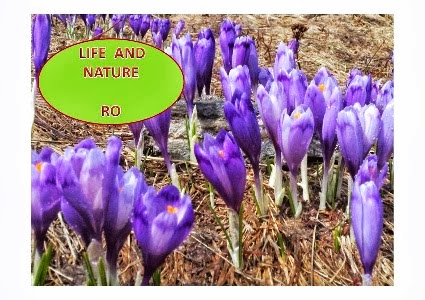Today we will focus on one of the most spectacular islands in the world, a Paradise, a "Lost world" in the middle of the Indian Ocean. It's about Socotra Island.
This is part of the Republic of Yemen. The island lies between the coast of Africa and the Arabian Peninsula, it is an isolated island.
What makes it special is the unique vegetation in the world, so it was called "The lost island" . More than 800 endemic plant species, with strange shapes, unseen or even unknown species of animals, even huge ones, over 140 endemic bird species highly spectacular that will leave the ornithologists breathless.
One of the best known species of plants is the Dragon's blood plant (Dracaena cinnabar), named so because of a popular red resin that comes off the trunk of the tree. The people believe that the tree is magic and has healing properties .
Socotra Island has an arid climate, subtropical climate with an average temperature of 25 ° C.
The island was recently declared part of UNESCO World Heritage Site.
Vegetation of Socotra Island
Photo source:
Info source:
Gabriela Iftode
15/11/2013























